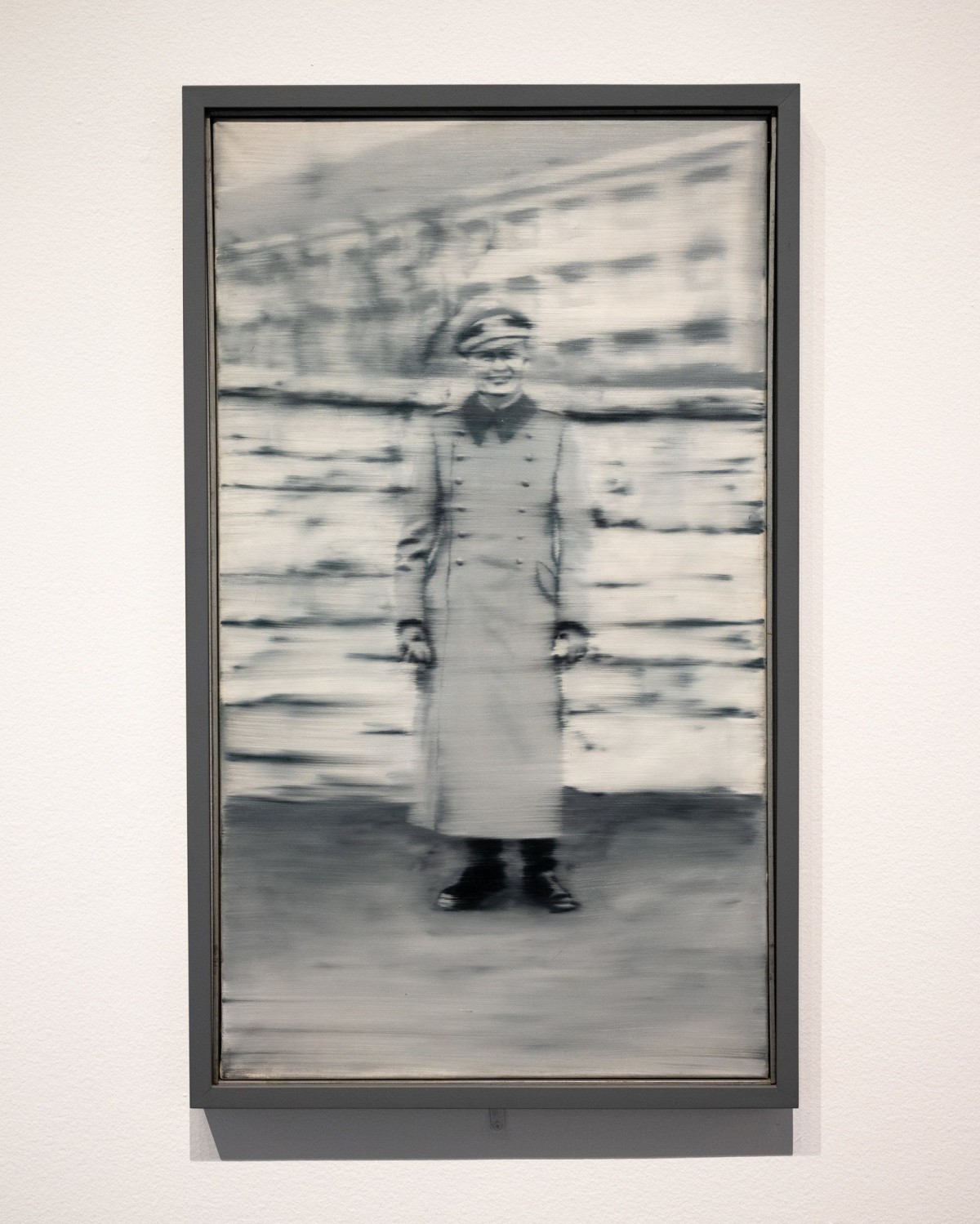
04 Gerhard Richter . Uncle Rudi . 1965 a f a s i a
Refusing Style Meaning in Gerhard Richter's art can also keep its distance. The elusiveness of meaning is, in some ways, a central subject of Richter's art. Since the early 1950s, Richter has painted a huge number of subjects in wildly conflicting styles.
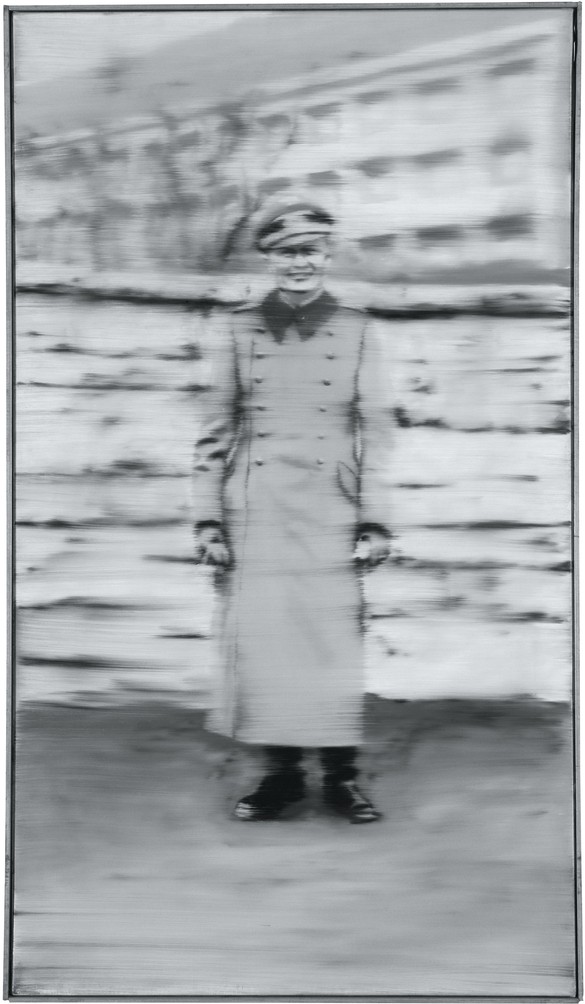
Gerhard Richte 네이버 블로그
Here's Uncle Rudi, the grinning soldier in his great coat, dead in the first days of the war. On another wall, in glowing colour, a group of Nubians, whose image comes from a Leni Riefenstahl.

External The New York Times The Sublime Farewell of Gerhard Richter, Master of Doubt — Art 19
Richter was born in Dresden, Germany on the eve of the Second World War. His two uncles were killed in the war and his father served, but survived. His schizophrenic aunt, Marianne, was murdered by the Nazis as part of their drive to euthanize the sick.
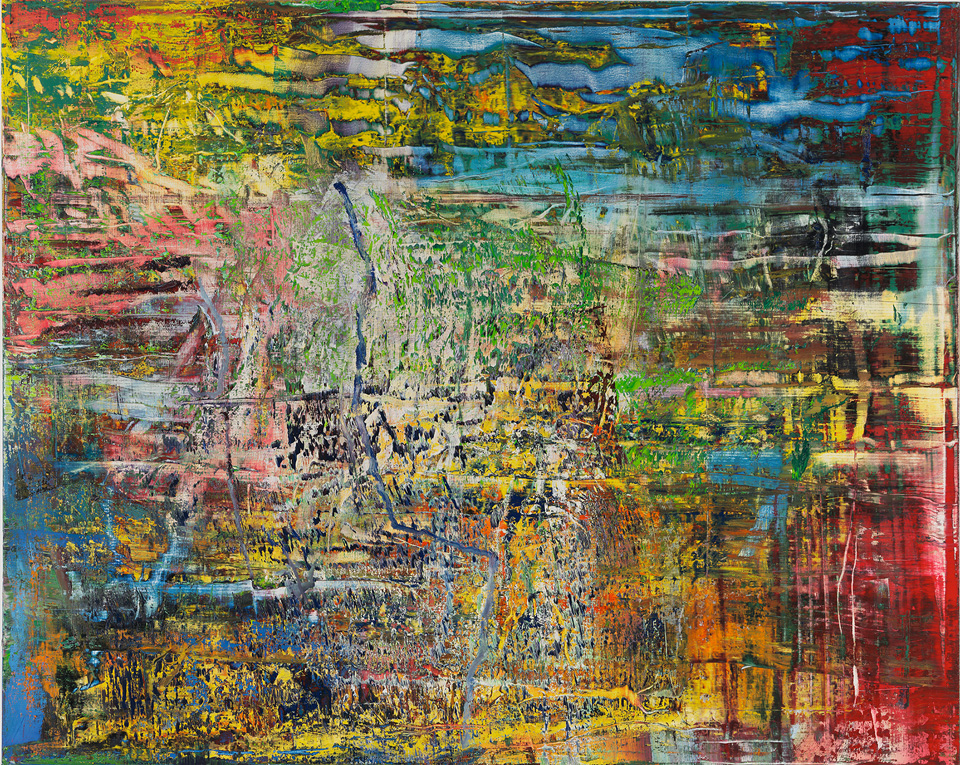
A Life in Full Color Gerhard Richter’s Unending Influence Tory Daily
Richter was born in Dresden, Germany on the eve of the Second World War. His two uncles were killed in the war and his father served, but survived. His schizophrenic aunt, Marianne, was murdered by the Nazis as part of their drive to euthanize the sick.

Gerhard Richter the German master of abstraction reconciling memories of war HERO
Gerhard Richter's "Uncle Rudi" (1965). Image by Gerhard Richter/Courtesy of Lidice Memorial Two striking works, made almost five decades apart, anchor the Met Breuer exhibit: the small.

Gerhard Richter malt nicht mehr "Irgendwann ist eben Ende" Tiroler Tageszeitung Aktuelle
Image and Ideology. Richter was born in Dresden, Germany on the eve of the Second World War. His two uncles were killed in the war and his father served, but survived. His schizophrenic aunt, Marianne, was murdered by the Nazis as part of their drive to euthanize the sick. Less than a week after his thirteenth birthday, Richter heard some 3,600.

Gerhard Richter edited by Benjamin H. D. Buchloh Dieselpunk, Renoir, Chuck Close, Figure
Born in Dresden in 1932, Richter is haunted, like many of his German contemporaries, by memories and associations from the Third Reich and the Second World War.

Some people feel the rain... Gerhard Richter “Onkel Rudi”
The Impossibility of Meaning During Richter's long career, he has produced art in an unprecedented number of conflicting styles starting with the propagandistic Social Realist art he made as a student at the Dresden Art Academy in Communist East Germany.

Onkel Rudi (Uncle Rudi) by Gerhard Richter on Auctions
Overview Exhibition History Title: Uncle Rudi Artist: Gerhard Richter (German, born Dresden, 1932) Date: 1965 Medium: Oil on canvas Dimensions: 34 1/4 × 19 1/2 × 1 in. (87 × 49.5 × 2.5 cm) Classification: Paintings Credit Line: Památník Lidice / Lidice Memorial Accession Number: RIC.006 Rights and Reproduction: © Gerhard Richter 2022 (03032020)
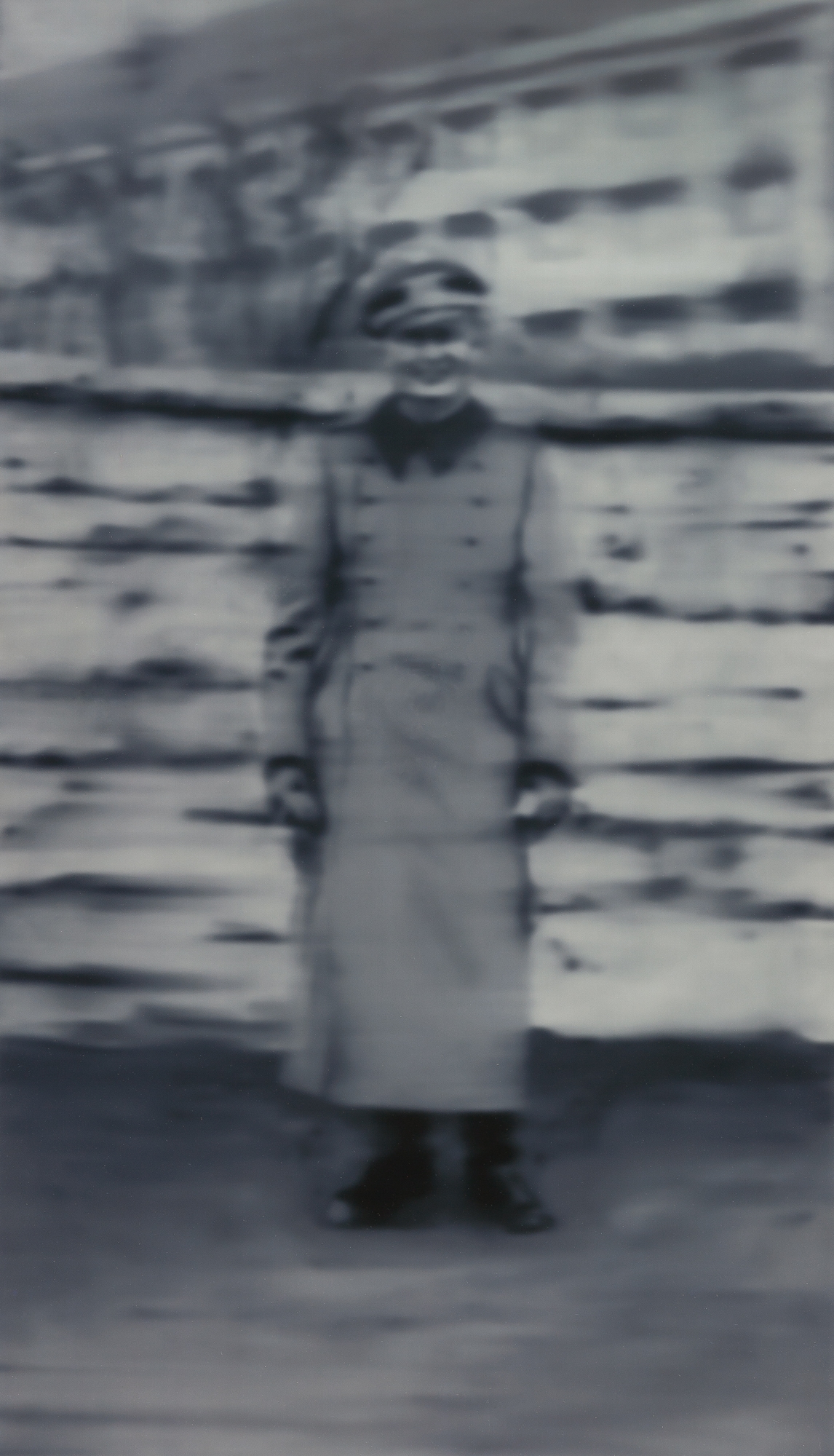
Gerhard Richter Uncle Rudi (2000) MutualArt
Gerhard Richter Onkel Rudi (Uncle Rudi), 2000 Cibachrome photograph, flush-mounted to white Alu-Dibond plate, the full sheet. 37 4/5 × 23 in | 95.9 × 58.4 cm Bidding closed Get notifications for similar works Create Alert Phillips: Evening & Day Editions (June 2018) Want to sell a work by this artist? Sell with Artsy Artist Series

Gerhard Richter Radical Senses MAP Magazine
Richter was born in Dresden, Germany on the eve of the Second World War. His two uncles were killed in the war and his father served, but survived. His schizophrenic aunt, Marianne, was murdered by the Nazis as part of their drive to euthanize the sick.

5 things to know about Gerhard Richter QAGOMA Blog
Richter was born in Dresden, Germany on the eve of the Second World War. His two uncles were killed in the war and his father served, but survived. His schizophrenic aunt, Marianne, was murdered by the Nazis as part of their drive to euthanize the sick.

Review ‘Gerhard Richter Painting After All’ at the Met Breuer
Gerhard Richter, Uncle Rudi Arts and humanities > Modernisms 1900-1980 > Post-War European art > Postwar art in Germany © 2023 Khan Academy Terms of use Privacy Policy Cookie Notice Gerhard Richter, The Cage Paintings (1-6) Google Classroom About Transcript Robert Storr talks about Gerhard Richter's Cage paintings.
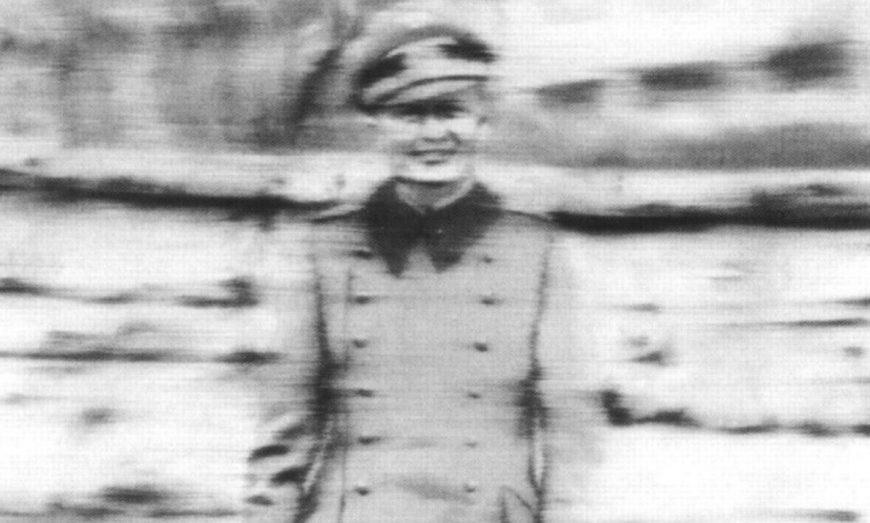
» Art since 1980
Three paintings from Gerhard Richter's "Cage" series (2006) at the Met Breuer. The artist's abstractions, made with the help of a custom squeegee, reconcile skill and randomness. Charlie Rubin.
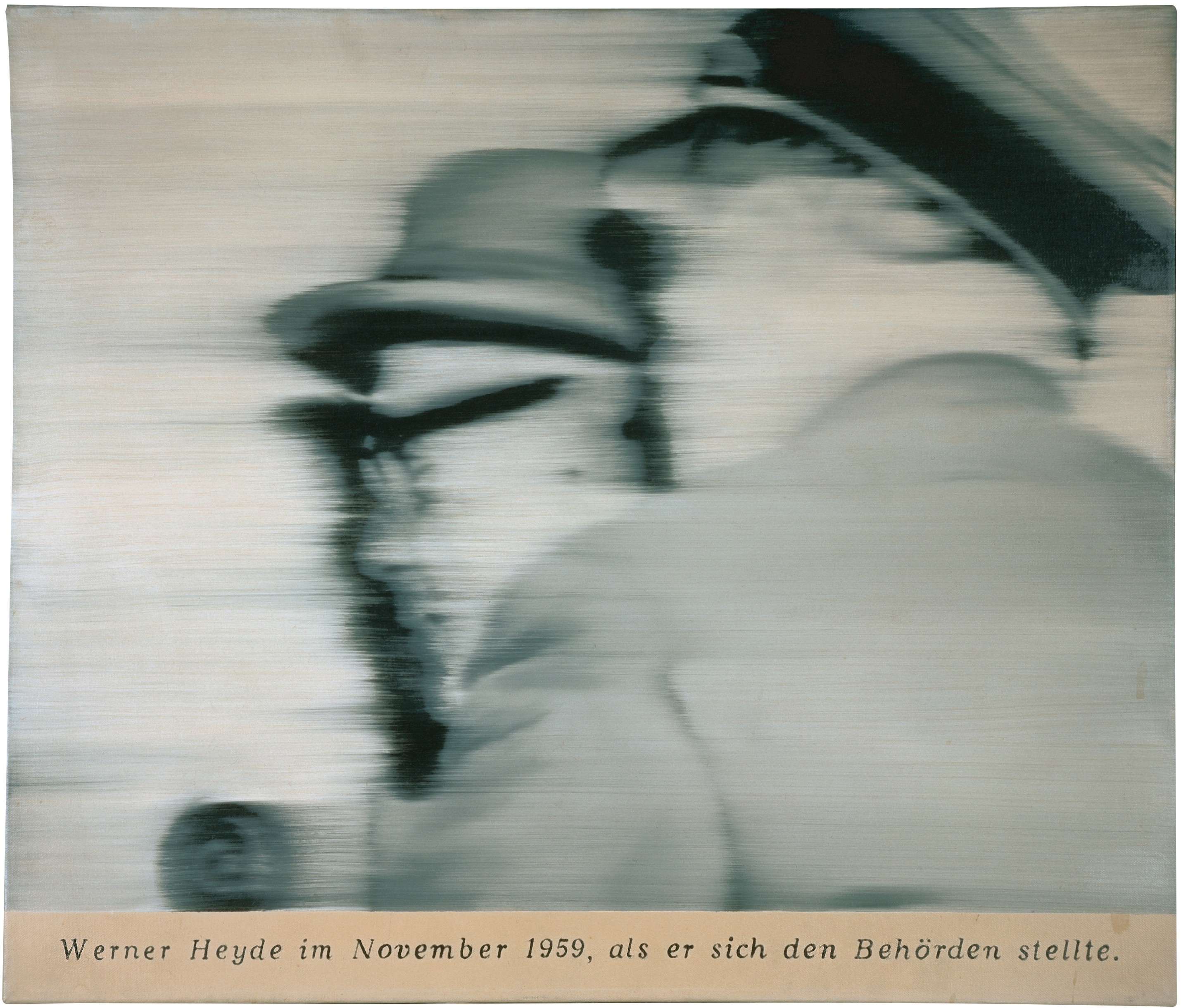
Gerhard Richter Essay Gagosian Quarterly
The LibreTexts libraries are Powered by NICE CXone Expert and are supported by the Department of Education Open Textbook Pilot Project, the UC Davis Office of the Provost, the UC Davis Library, the California State University Affordable Learning Solutions Program, and Merlot. We also acknowledge previous National Science Foundation support under grant numbers 1246120, 1525057, and 1413739.

New Gerhard Richter Uncle Rudi most complete Goya
Uncle Rudi 2000 87 cm x 50 cm Editions CR: 111 Cibachrome photograph mounted on Dibond plate, framed, behind glass Notes Sales Associated Works Exhibitions Literature Videos Photograph after the painting Uncle Rudi [CR: 85] from 1965. Edition: 80 copies, signed in felt-tip pen, numbered on reverse, title and date on label on reverse.